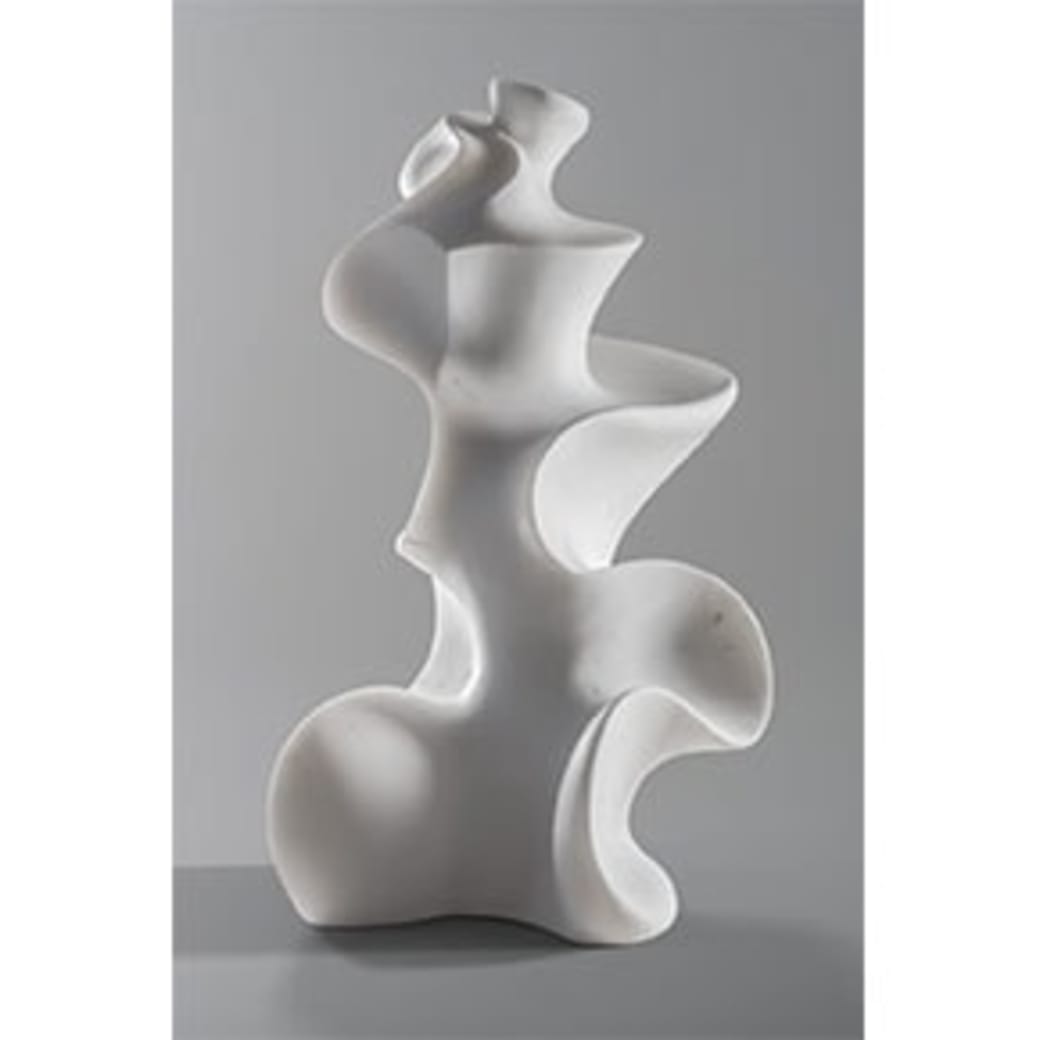Yoko Kubrick creates small- to large-scale sculptures in bronze, marble and other exotic stones. Her style is influenced by abstract and biomorphic forms from nature.
Kubrick was born on the island of Guam and raised in Guam, Hawaii and California with summers spent in the Czech Republic, her father's native country. Experiencing the common threads among these distinct cultures aroused Kubrick's lifelong interest in mythology.
Kubrick earned her B.A. in Environmental Studies from San Jose State University and her M.A. in Psychology and Art Therapy from Notre Dame de Namur University. She trained as an artist through traditional atelier apprenticeships in bronze casting and fabrication as well as in marble carving.
Kubrick’s work has been featured in publications including The New York Times Style Magazine, selected for exhibitions such as the San Francisco Decorator Showcase and permanently installed in public spaces like the campus of the University of San Francisco and private estates in Silicon Valley.
Artist Statement
In my sculptures, I explore the aesthetic perceptions of forms found in nature and the emotional qualities of shapes, which I call “the emotive language of form.” I am curious about how the human mind perceives beauty, particularly from shapes found in nature. My belief is that flowers, curves and certain landscape forms have a special effect on us as a species—they are signs of fertility. Our brains are wired to find pleasure in viewing these forms. They may have enhanced our chances of survival by attracting us as a species to them over time.
In my work I emulate nature's forms that bring us pleasure and connect those forms to stories found in classical and comparative mythology. I am interested in the similarities between myths and stories across cultures and how those similarities could be due to the fact that they have emerged from the same part of our mind. Carl Jung and Joseph Campbell both explored this topic finding that it is likely that these similarities occur because they emerge from the part of our mind called the collective unconscious. The collective unconscious is theorized to have evolved over human history in which cognitive structures called archetypes manifest imagery, motifs and symbols that appear to be common to cultures that have been separated by distance and time from hundreds to
thousands of years. Similarly, in nature, we find certain patterns such as fractals and the Fibonacci spiral in elements as small as the DNA within our cells, to seashells, plants, patterns of weather, and even as vast as the shape of our Milky Way and galaxy.
~Yoko Kubrick

